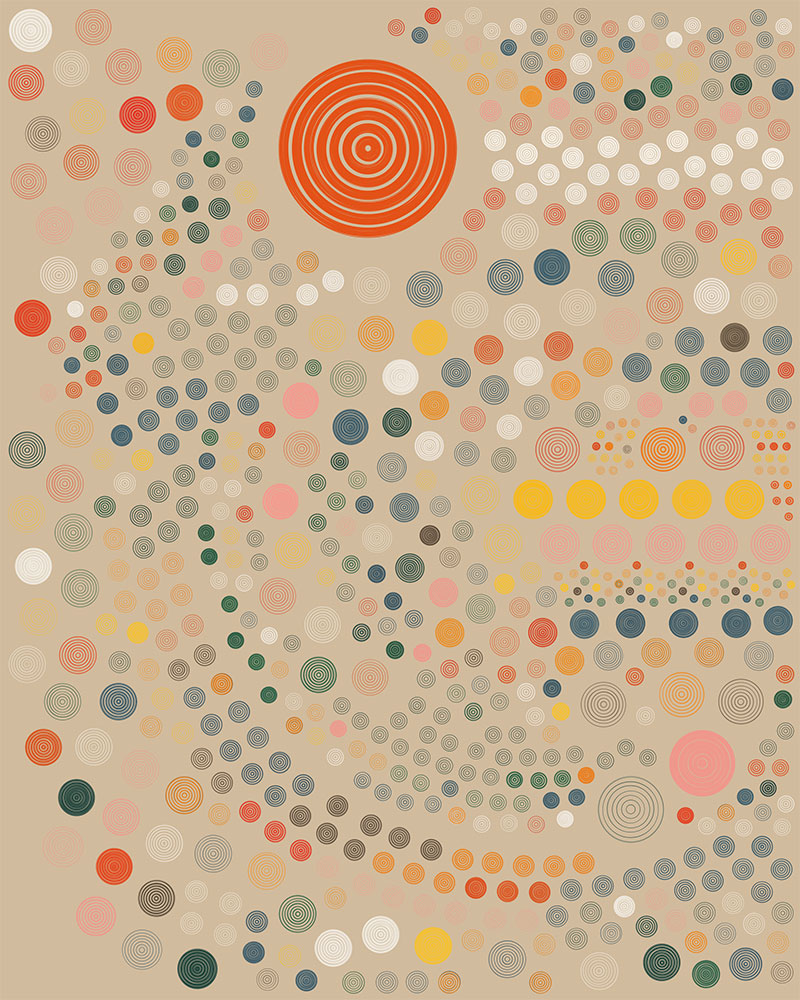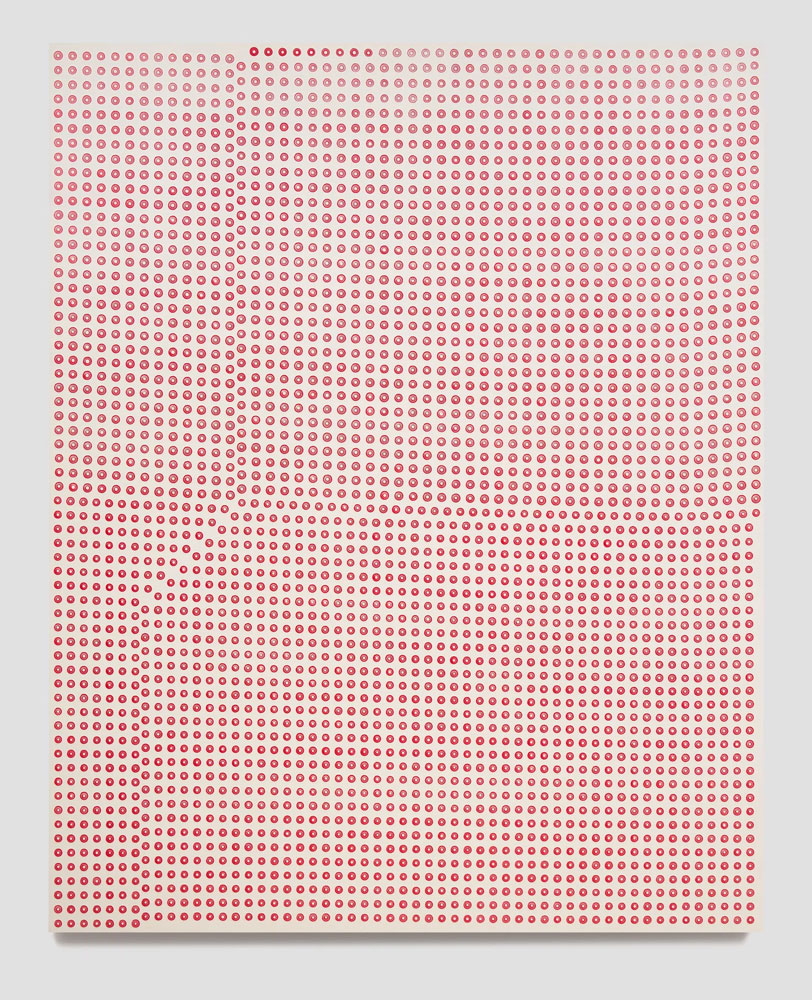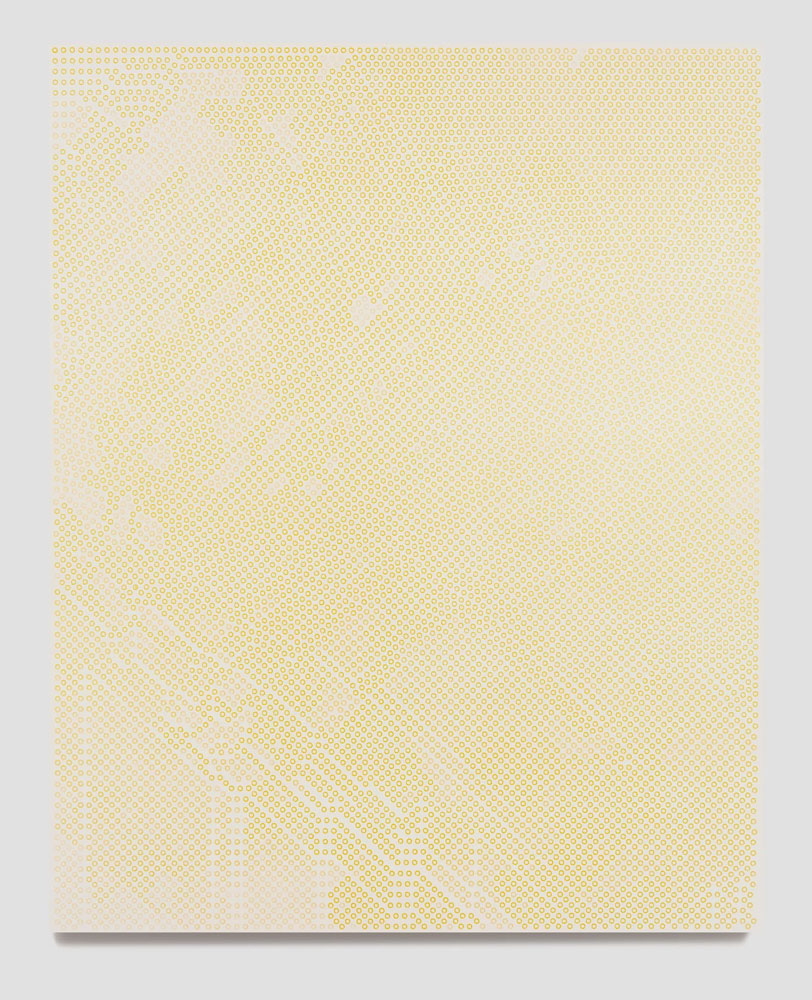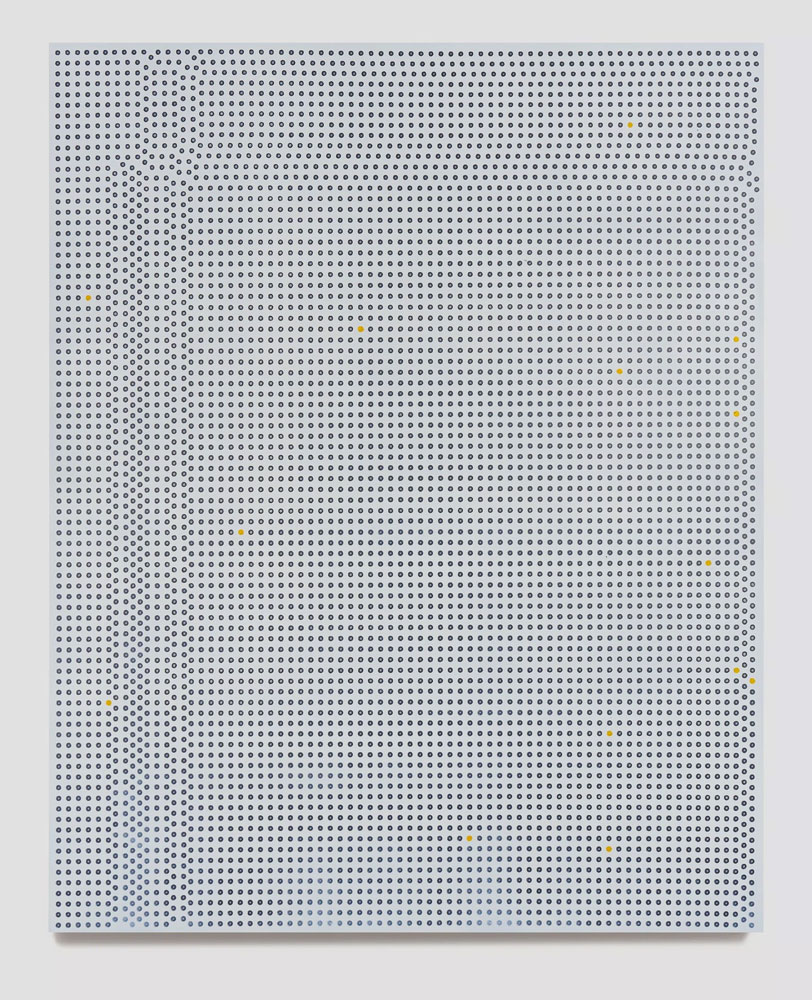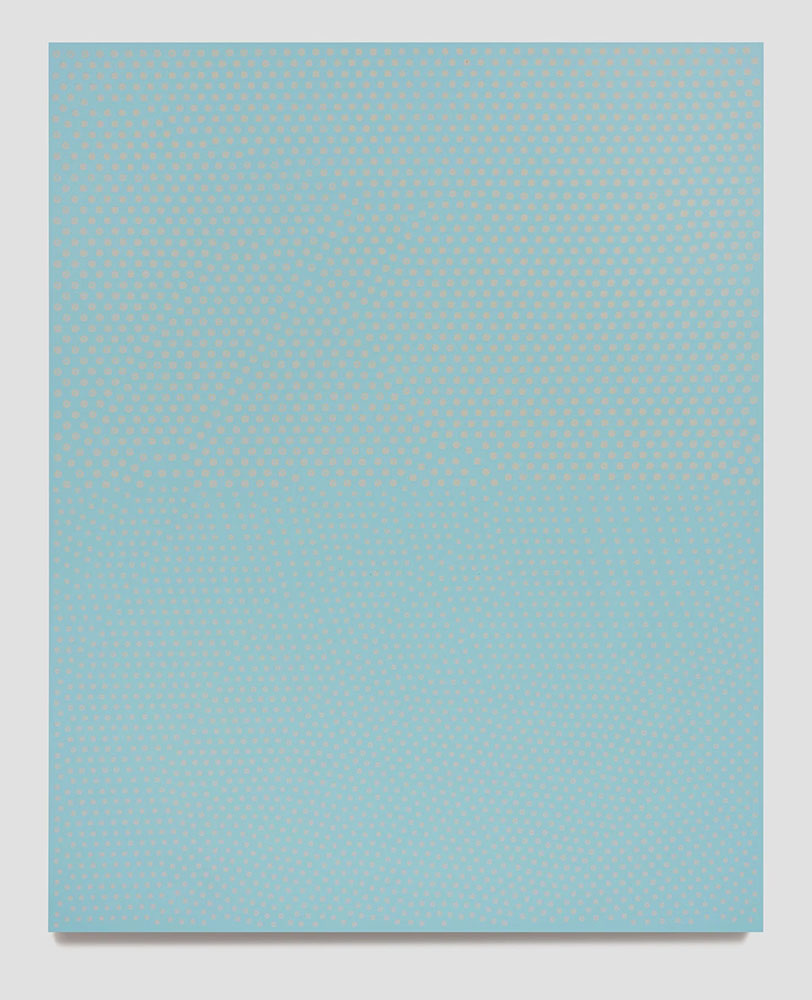ART CITIES: N.York-Tyler Hobbs
 Tyler Hobbs’ work focuses on computational aesthetics, how they are shaped by the biases of modern computer hardware and software, and how they relate to and interact with the natural world around us. By taking a generative approach to art making, his work explores the possibilities of creation at scale and the powers of emergence.
Tyler Hobbs’ work focuses on computational aesthetics, how they are shaped by the biases of modern computer hardware and software, and how they relate to and interact with the natural world around us. By taking a generative approach to art making, his work explores the possibilities of creation at scale and the powers of emergence.
By Dimitris Lempesis
Pace Gallery Archive
Tyler Hobbs in his solo exhibition “QQL: Analogs” presents new works. The artist that is known for his virtuosic work in computational aesthetics, utilizes algorithms, mechanical plotters, and paint in his practice. One of his most acclaimed projects is the “Fidenza NFT” series, which was presented on the generative art platform Art Blocks, a partner of Pace Verso since 2022. “Fidenza” is widely regarded as a landmark generative art project, ushering in a new level of code complexity and compositional structure within generative and digital art. The artist’s work has been influenced as much by figures like Sol LeWitt and Agnes Martin—whose methodical approaches to art making, mathematically-minded compositions, and other contributions to Minimalism and Conceptualism influenced the rise of generative art in the mid 20th century—as the ever-expanding technological landscapeThrough the “QQL” project, Hobbs invites collectors to become co-creators of generative art NFTs in an innovative and collaborative process that harnesses the power of unpredictability and happenstance in web3. In September 2022, QQL launched a dedicated website, accessible at qql.art, that serves as a space for intuitive play where visitors can experiment with generating NFTs through Hobbs’ algorithm, using various bespoke tools that encourage interplay between elements of control and chance. Density, flow, and scale are among the mutable attributes that can be manipulated to explore a huge range of formal possibilities generated by the algorithm. Since it went live, the QQL website has seen 21.5 million QQL outputs from users around the world. The exhibition presents 12 large-scale paintings that are physical representations of the artist’s own QQL outputs. Created using a combination of traditional painting techniques and robotic tools, including a plotter adapted with mechanical customizations by the artist himself, these works reflect enactments of both chaos and order, foregrounding the vast possibilities of systematic approaches to art making. As part of a process that unites programmed digital equipment with the human touch, Hobbs feeds code through the plotter to forge his compositions and then refines details by hand directly on the canvases. His resulting works feature a wide spectrum of visual effects, forms, and moods, from minimal to maximal and contemplative to exuberant. While Hobbs’ paintings are derived from the QQL algorithm, they are also unique artworks in their own right, bearing aesthetic traces of both the machine and the artist’s paint strokes. Hobbs’ methodology for these works aligns with his deep interest in system-based artistic practices from the past century—in particular, the work of LeWitt, Martin, John Cage, Richard Diebenkorn, and Bridget Riley. As the first major international art gallery to accept cryptocurrency for both digital and physical artworks, Pace made an early commitment to web3. With Pace Verso, the gallery builds on its 60-year history of innovation and ongoing support of artists who have cultivated advanced studio practices engaged with new technologies.
Photo: Tyler Hobbs, QQL: Analog #2 (detail), 2023, © Tyler Hobbs (Pictured: NFT version of QQL: Analog #2, to be accompanied by related painting)
Info: Pace Gallery, 508 West 25th Street, New York, NY, USA, Duration: 30/3-22/4/2023, Days & Hours: Tue-Sat 10:00-18:00, www.pacegallery.com/
